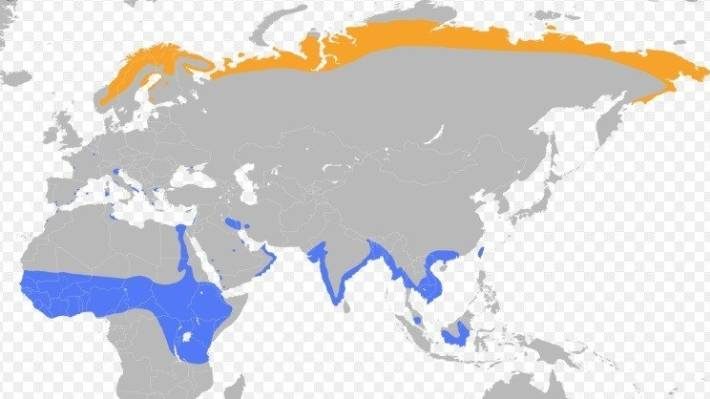The Arctic wader was spotted at Kaitorete Spit near Christchurch last week - just the fifth time it has ever been seen in New Zealand, but the second sighting this year.
The bird - a little stint, which at about 12cm in length and weighing at most 45 grams is smaller than a sparrow - was seen by ornithologist Niall Mugan, from Keystone Ecology. The identification was confirmed by city council staff carrying out predator control at the lake.
It is distinctive because of its rich coloured plumage, white throat and yellow 'V' shape pattern on its mantle, or upper back.
Mugan told Stuff it could have been blown off course during its migration south from its breeding grounds that stretch between Scandinavia and Siberia to its summer range around the equator.
That range is predominantly around sub-Saharan Africa, the Indian subcontinent and south-east Asia, and its most easterly point is in the Indonesian archipelago and Borneo - almost 7500km from where it ended up.

"It could be associated with almost a move from their home range," he said. "It could be either climatic changes or an unusual weather event that caused them to do that, but it is most likely to be a storm."
The first sighting in New Zealand was in 1992. Others followed in 1995 and 2010, and now two this year. Remarkably, four of those were at Lake Ellesmere.





Reader Comments
to our Newsletter